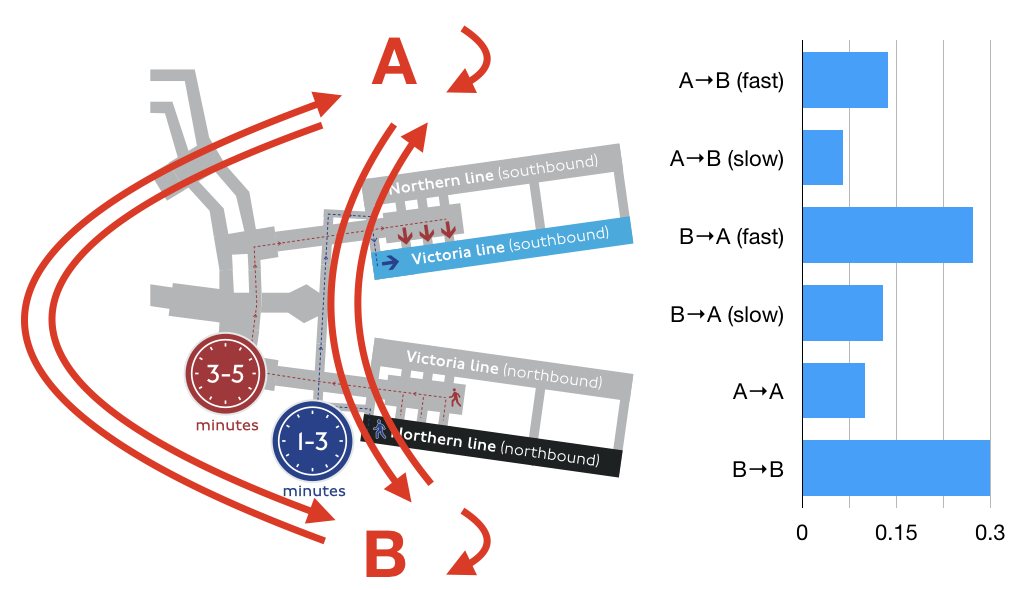Three years ago, we made the case against phishing your own employees through simulated phishing campaigns. They do little to improve security: click rates tend to be reduced (temporarily) but not to zero – and each remaining click can enable an attack. They also have a hidden cost in terms of productivity – employees have to spend time processing more emails that are not relevant to their work, and then spend more time pondering whether to act on emails. In a recent paper, Melanie Volkamer and colleagues provided a detailed listing of the pros and cons from the perspectives of security, human factors and law. One of the legal risks was finding yourself in court with one of the 600-pound digital enterprise gorillas for trademark infringement – Facebook objected to their trademark and domain being impersonated. They also likely don’t want their brand to be used in attacks because, contrary to what some vendors tell you, being tricked by your employer is not a pleasant experience. Negative emotions experienced with an event often transfer to anyone or anything associated with it – and negative emotions are not what you want associated with your brand if your business depends on keeping billions of users engaging with your services as often as possible.
Recent tactics employed by the providers of phishing campaigns can only be described as entrapment – to “demonstrate” the need for their services, they create messages that almost everyone will click on. Employees of the Chicago Tribune and GoDaddy, for instance, received emails promising bonuses. Employees had hope of extra pay raised and then cruelly dashed, and on top, were hectored for being careless about phishing. Some employees vented their rage publicly on Twitter, and the companies involved apologised. The negative publicity may eventually be forgotten, but the resentment of employees feeling not only tricked but humiliated and betrayed, will not fade any time soon. The increasing nastiness of entrapment has seen employees targeted with promises of COVID vaccinations from employers – who then find themselves being ridiculed for their gullibility instead of lauded for their willingness to help.









